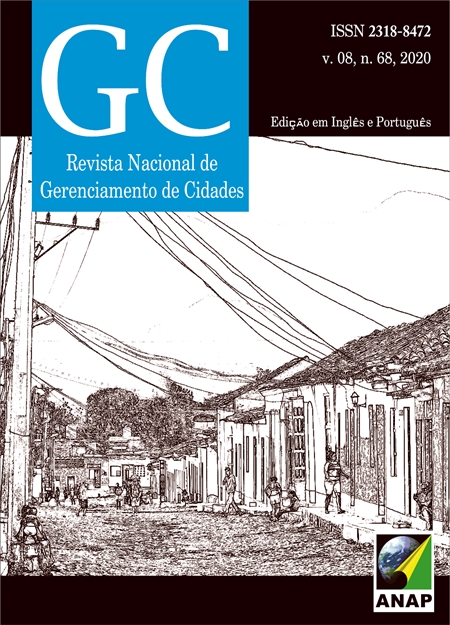Retrofit and life cycle assessment: Sesc Paulista Building
DOI:
https://doi.org/10.17271/2318847286820202737Resumo
Through the ratification of Brazil in the Paris Agreement in 2015, targets were established for Sustainable Development (SD) in several areas, including Architecture and Urbanism. Brazil has committed itself among the Sustainable Development Goals (SD) to the search for Sustainable Cities and Communities in SD 11. In this context, the SESC Paulista building located on Paulista Avenue in São Paulo, underwent a retrofit intervention concomitant to the Life Cycle Assessment (LCA) methodology. In it was applied techniques, technologies, products and equipment, which together resulted in the reduction of environmental impacts for the new phase of life and use of the building. The objective of this work is to demonstrate what were the intervention strategies applied in the building and the achievement in relation to the reduction of negative environmental impacts. In this way, the article discusses how retrofitting carried out with the LCA can be alternatives to the built heritage of the metropolis, preventing buildings from falling into disuse, extending operational longevity and reducing negative impacts to the environment, contributing to the ODS of Agenda 2030.Downloads
Os dados de download ainda não estão disponíveis.
Publicado
27-12-2020
Edição
Seção
Artigos Completos
Como Citar
FERREIRA, Rodrigo de Paula; CARRANZA, Edite Galote. Retrofit and life cycle assessment: Sesc Paulista Building. Revista Nacional de Gerenciamento de Cidades, [S. l.], v. 8, n. 68, 2020. DOI: 10.17271/2318847286820202737. Disponível em: https://publicacoes.amigosdanatureza.org.br/index.php/gerenciamento_de_cidades/article/view/2737. Acesso em: 23 dez. 2025.















